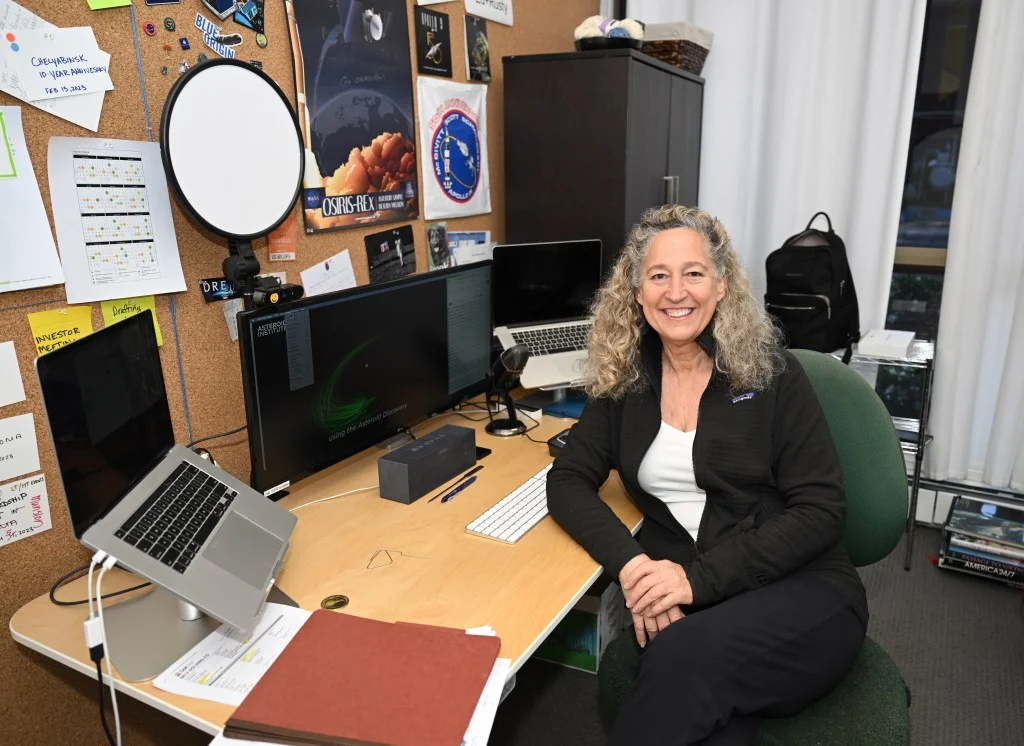
Earth’s Defenders: Inside the High-Tech Fight Against Asteroids
Are we prepared for an asteroid impact? The threat from space is real, and scientists are working tirelessly to develop strategies to protect our planet. From kinetic impactors to nuclear deflection, the race is on to safeguard humanity from potentially devastating near-Earth objects (NEOs).
In December, the asteroid YR4 briefly sparked alarm as astronomers calculated a small chance of it striking Earth in 2032. As Danica Remy, president of the B612 Foundation, a nonprofit focused on identifying NEOs, notes, the International Asteroid Warning Network was activated for the first time since its formation. Ultimately, YR4 was reclassified as non-threatening, but the incident highlighted the importance of planetary defense systems.

The establishment of a global network of researchers and cosmologists was spurred by the 2013 Chelyabinsk meteor explosion. "We did not see that one coming," recalls Katie Kumamoto, a researcher at Lawrence Livermore National Laboratory. The event served as a "big wake-up call" and prompted serious efforts to catalogue and track potentially dangerous space rocks.
While astronomers have been aware of the risks posed by NEOs for decades, the past ten years have seen a significant acceleration in planetary defense efforts. NASA's Planetary Defense Coordination Office has identified hundreds of large NEOs and thousands more that could devastate cities. Lindley Johnson, who established the office, stated they’ve identified over 95% of NEOs that pose a threat and are working to catalog smaller objects too.
So, what weapons do we have in our arsenal? One promising approach is the kinetic impactor. In 2022, NASA's DART mission successfully redirected the asteroid Dimorphos by intentionally crashing a spacecraft into it. This was a giant leap, proving that this technique could alter an asteroid’s trajectory.

For larger asteroids, more drastic measures might be necessary. The "gravity tractor" method, invented by Ed Lu and Stanley Love, involves placing a spacecraft near an asteroid to gradually adjust its orbit. And in extreme cases, researchers at Lawrence Livermore National Laboratory are exploring nuclear deflection, using a nuclear explosive device to push an asteroid off course. However, international treaties currently prohibit the use of nuclear weapons in space making this a strategy of last resort.
The International Asteroid Warning System recognizes that an asteroid impact is an inevitability; time is of the essence, as stated by Danica Remy. It has led to the annual "International Asteroid Day" on June 30, commemorating the Tunguska event of 1908. Unlike other natural disasters, which are unavoidable, the technologies for asteroid deflection are actively being developed, offering a chance to safeguard our planet from cosmic threats.
Are we ready for the next big space rock? What other technologies should we be exploring? Share your thoughts in the comments below!